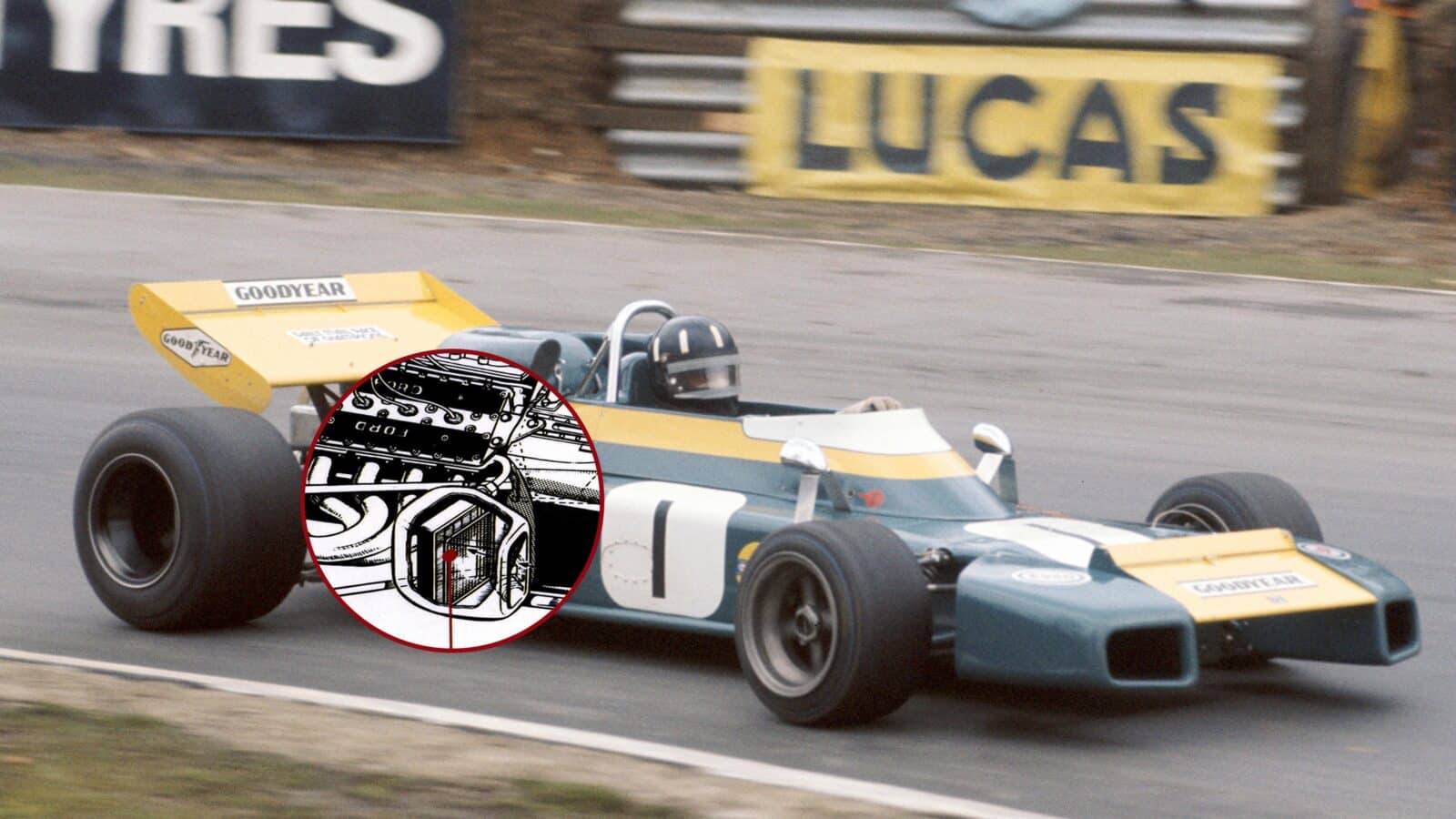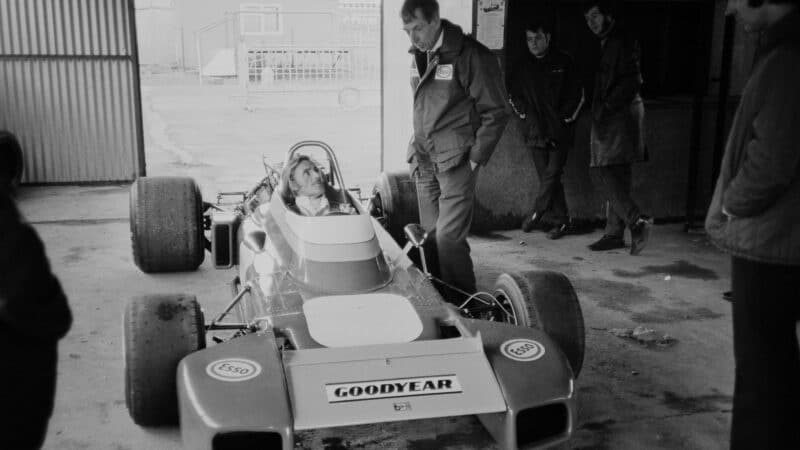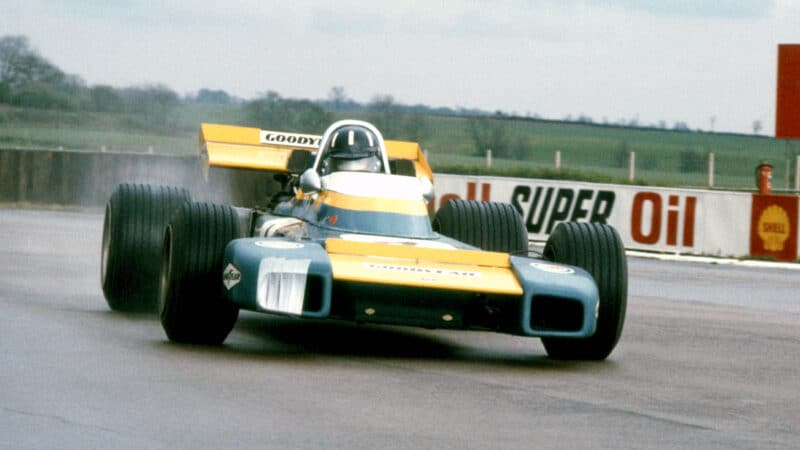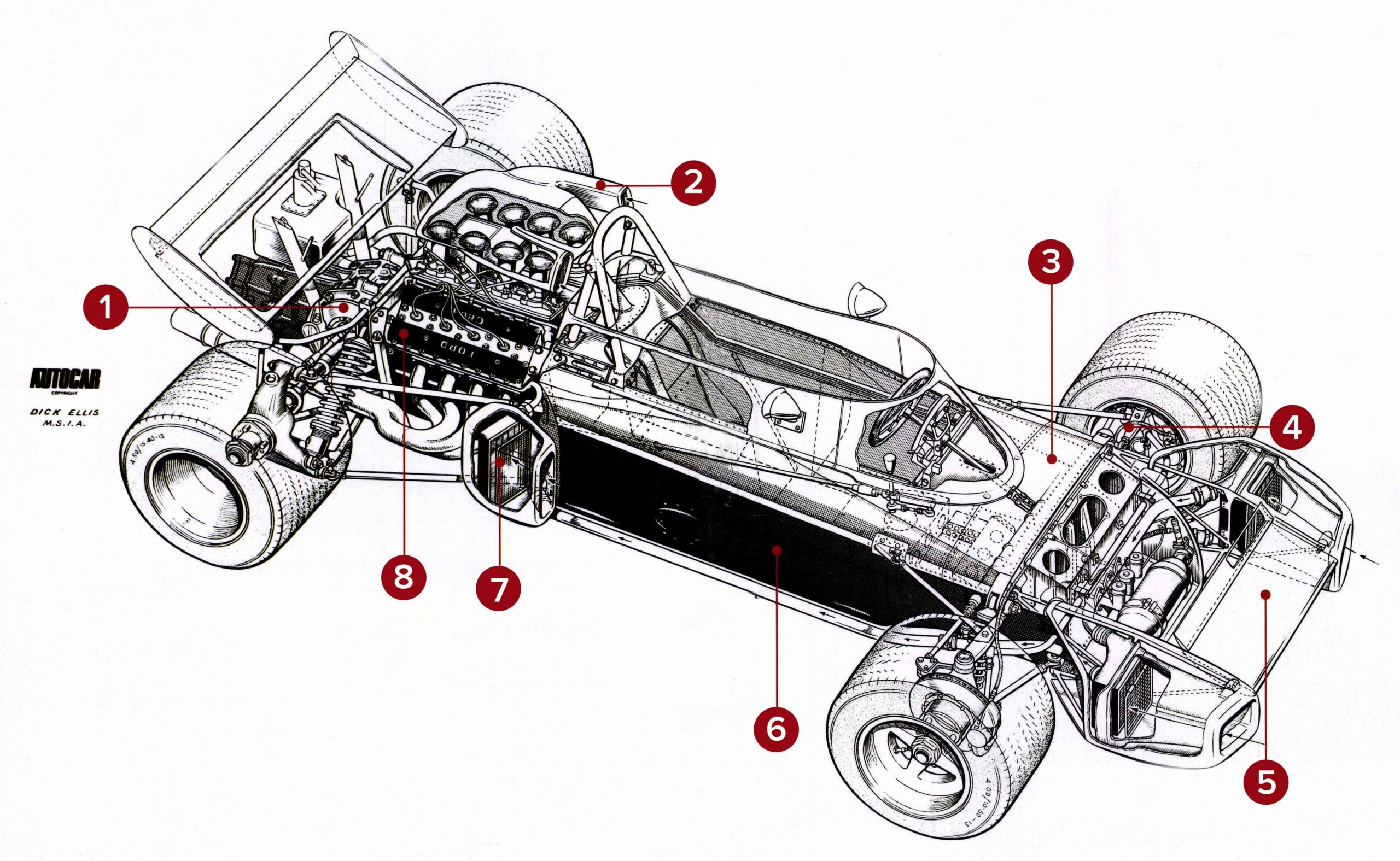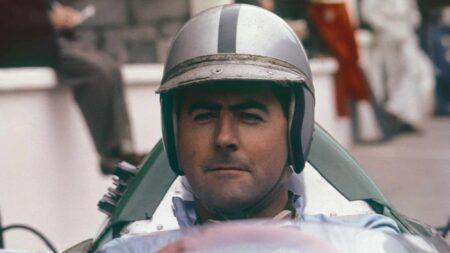3. “I’d always measured torsional stiffness — not religiously, like it is now, but I’d done it in Australia with my home-built cars and I also had a little rig for it at Surbiton. In fact Vanwall sent me its mid-engine chassis to twist there — I still have a copy of the report I wrote on it; it was very weak. I found that if you bounced on the beam used to twist the car you could see where the chassis moved and so identify where to put the diagonals. I’d use pieces of cotton, run them diagonally across various areas and see whether they snapped or hung loose. It was my method of doing finite element analysis before it was invented! With a tubular chassis, if you got 600lb ft per degree you weren’t doing too bad, and with monocoques you were lucky if you doubled it. With honeycomb you could get up to 2000-2500. Compared to modern cars these figures are laughable, but they were enough. All you need is sufficient stiffness so that if you adjust the front rollbar it affects weight transfer on the rear wheels as well as the fronts. As long as we had that, we could adjust the cars no problem.”
4. The BT33 had used inboard front spring/damper units; the BTU reverted to an outboard configuration — something which looks like a retrograde step: “Quite possibly it was. I’d had Ralph Bellamy working for me on a pushrod rocker system, which hadn’t been used up to that time. Because of all the hats I was wearing I hadn’t had a lot of time to get into the detail of its design and at he’d drawn was just a little too complicated for my way of doing things — I liked to keep it nice and simple — so we didn’t adopt it. Ralph left and went to McLaren, and I think the next McLaren had a rocker system on it! This decision happened late, so we had to revert to a conventional outboard arrangement.”
5. Whereas the BT33 had a conventional front wing for the period, the BT34’s was a departure: “With a single radiator you ditched the hot air onto the driver. I thought that if we put the rods out each side we’d get over that problem, and get a better airflow through them so they could be smaller. I had two positions for the central wing, high and low; I was hoping the low one would give us more than a normal wing. But when Graham Hill tested it, he chose the high position. It’s significant that McLaren’s Can-Am car picked up on putting the wing low across the front. Teddy Mayer told me he adopted it after seeing it on the Brabham. It really worked for them; we made the wrong choice.”
6.”Ralph Bellamy had drawn triangular fuel cells for the car, which were adopted by Gordon Murray after I’d gone. When Ralph left I squared them all up because I wanted to have the least surface area for volume of petrol, to keep the weight down, and I wanted as much as we could comfortably put in the seat tank so that the side tanks didn’t have to be so big or reach so far forward. The car’s low top deck reflects this.”
7. “Moving the oil cooler from under the rear wing to this little sidepod made the rear wing work better by reducing turbulence. Hot air from the front radiator outlets mixed with cold air before it reached here so we didn’t have any problem with the cooling. It was a lead-in to putting the radiators back here in ducts. Enclosing and ducting the oil cooler also made it much more efficient; otherwise the air approaching a radiator sees a blockage and skips around it. So, like the front radiators, the oil cooler could be much smaller.”
8. Although always concerned to achieve the smoothest possible airflow to the rear wing, Tauranac did not share others’ enthusiasm for the use of an engine cover: “I found that all engine covers did was increase the temperatures under them by 10 degrees. A curvy engine cover made no difference to your speed because the air didn’t follow it; air will only turn six or seven degrees maximum, otherwise it just breaks away.”
